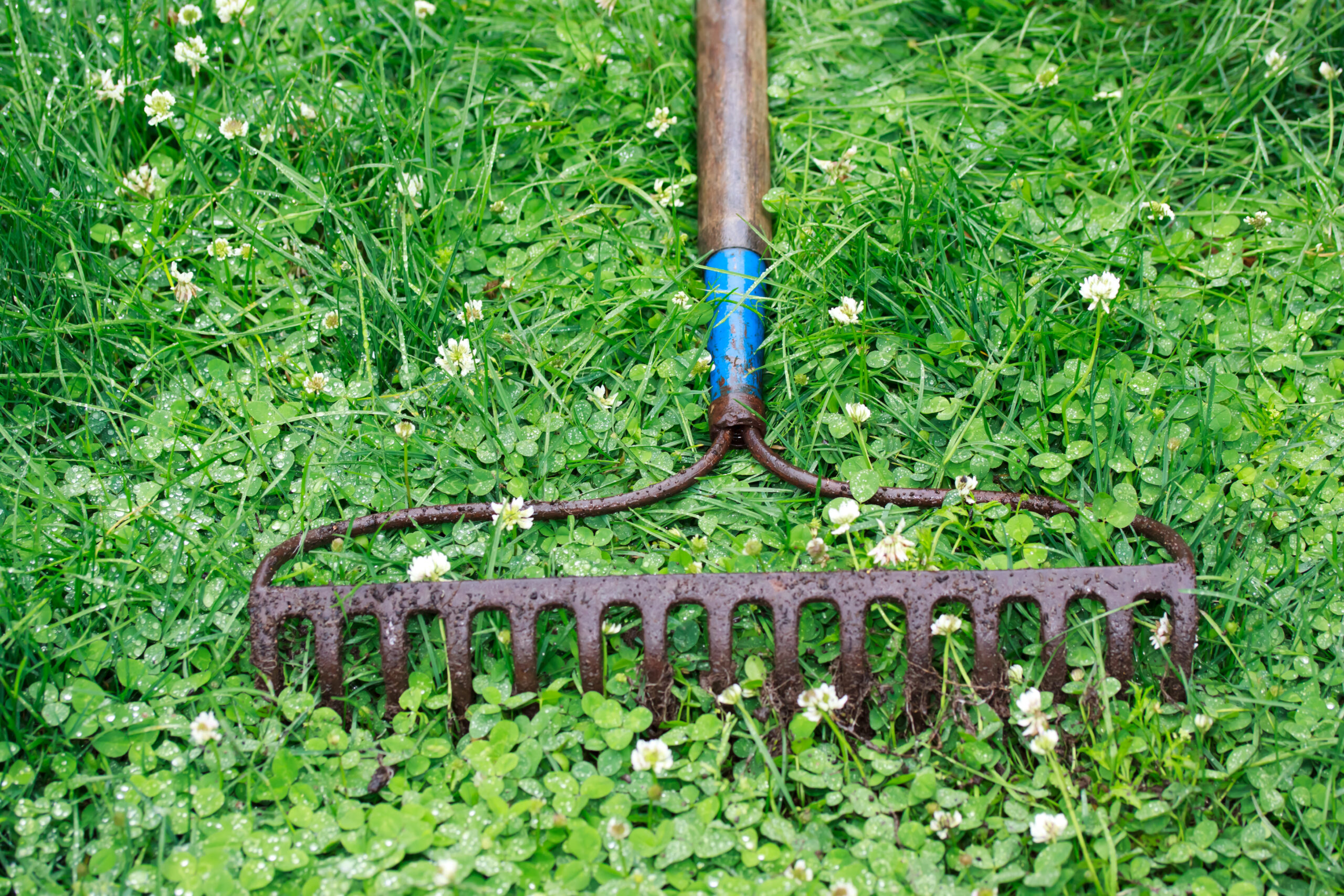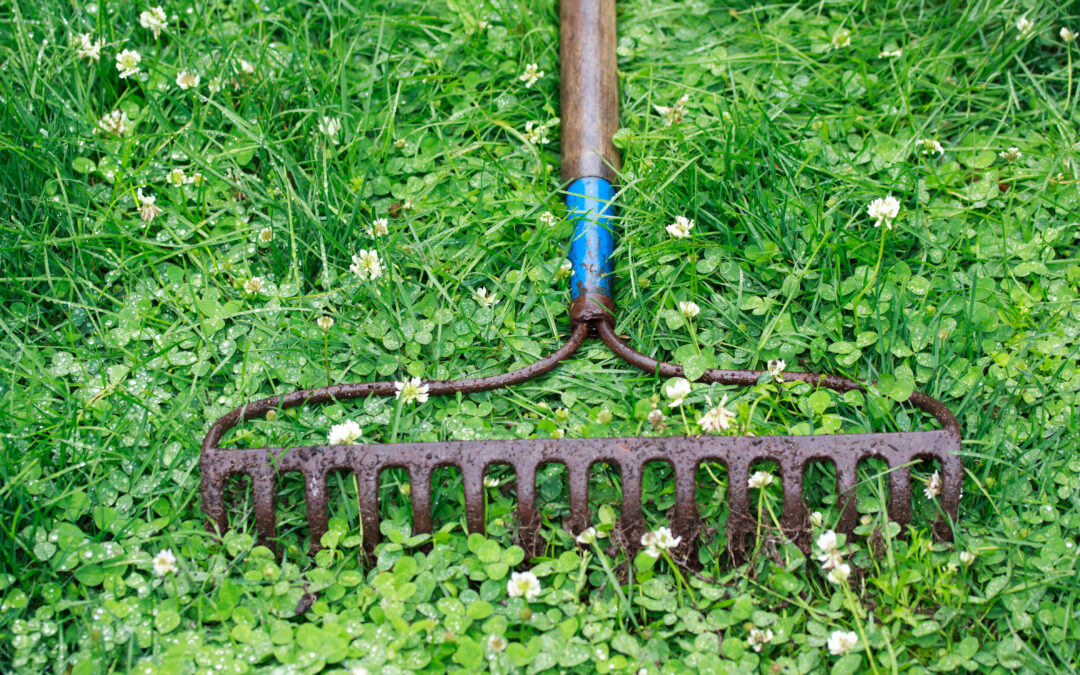Are you tired of buying produce that has been picked prematurely, shipped long distances and stored for weeks before it reaches your table? Do you want to know where your food comes from and how it was grown? If so, then starting a home farm may be the answer. In this blog post, we will explore the benefits of homegrown produce, how to start your own home farm, and common mistakes to avoid when beginning.
Introduction to Homegrown Produce
Homegrown produce refers to fruits, vegetables, herbs, and other edibles that are cultivated on one’s property or in a community garden. By growing your own produce, you have control over what goes into your body and can ensure that your food is fresh, nutritious, and free of pesticides and other chemicals. Additionally, homegrown produce often tastes better than store-bought produce because it is harvested at peak ripeness and hasn’t lost any flavor during transportation and storage.
The Health Benefits of Eating Homegrown Food
There are many health benefits associated with eating homegrown produce. For starters, homegrown produce is typically higher in vitamins, minerals, and antioxidants compared to conventionally grown produce due to the lack of processing and preservatives. Additionally, consuming locally sourced produce reduces the risk of contaminations such as salmonella and E. coli which commonly occur during transportation and handling of commercially produced food items. Moreover, by growing your own produce, you can choose varieties that are rich in specific nutrients that benefit your personal health needs.
How to Start Your Own Home Farm
Starting a home farm doesn’t require a large plot of land or extensive farming experience. Here are some steps to get started:
1. Determine the type of crops you would like to grow based on your climate, soil conditions, and personal preferences.
2. Choose an appropriate location for your garden that receives adequate sunlight and has good drainage.
3. Prepare the soil by removing rocks, roots, and debris, and adding compost or other organic matter to enrich the soil.
4. Plant your seeds or seedlings according to package instructions, taking note of spacing requirements and recommended watering schedules.
5. Monitor your plants regularly for signs of disease or pests and take corrective action if necessary.
Common Mistakes to Avoid When Starting a Home Farm
While starting a home farm can be rewarding, there are several common mistakes that beginners should watch out for:
1. Overplanting – It can be tempting to plant too much, but doing so can lead to overcrowding, poor growth, and reduced yields.
2. Neglecting maintenance – Regular maintenance such as weeding, pruning, and fertilizing is essential to keep your plants healthy and productive.
3. Not adjusting for climate – Different regions have different weather patterns and microclimates, so make sure to research and plan accordingly.
In conclusion, starting a home farm can provide numerous benefits including access to fresher, more nutritious produce, improved physical activity, and greater connection to nature. With careful planning and attention to detail, anyone can enjoy the rewards of homegrown produce.






